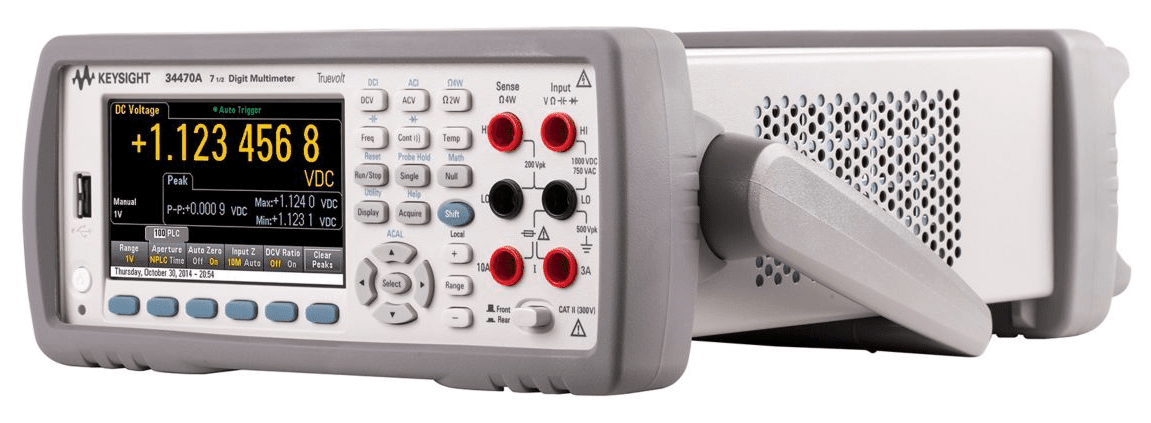Calibration & Calibration Verification
May 29, 2019
Back to: Preserving VR Hardware Accuracy
For vibration controllers, calibration is the process of adjusting the measured voltage and frequency readings based on a precise internal reference voltage. The keyword here is adjustment: minute changes to measured readings so they are always within a small and clearly established tolerance. Calibration is performed on every hardware unit in Vibration Research’s lab before shipment.
Calibration verification is the process of running several tests to determine if the measurement adjustments established during calibration are functioning properly. Essentially, it confirms that the hardware unit is still measuring voltages and frequencies within acceptable tolerances. At Vibration Research, the calibration verification process is also performed on every hardware unit to ensure that the calibration was performed properly and the unit is not defective.
Vibration Research recommends that our customers implement an annual calibration verification for the VR9500, VR9700, VR10500, and ObserVR1000 systems. See the Procedure lesson for instructions on how.
Tools for Calibration Verification
During calibration verification, voltage, and frequency measurements from a hardware unit are compared to measurements from an approved digital multimeter (DMM). This ensures that the hardware unit’s measurements are within an established tolerance across a specified voltage range and set of sample rates.
The DMMs currently supported by VibrationVIEW 2019 are Keysight model numbers 3458A, 34401A, 34410A, 34461A, 34465A, and 34470A. Vibration Research adds support for newer DMMs as they become available to the public.
The VibrationVIEW software package includes modules to initiate and control the calibration verification process. The following lessons will discuss the calibration verification procedure for VR controllers and data acquisition system.

